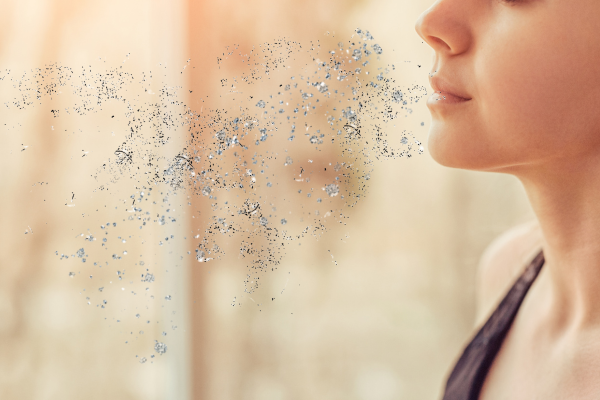Mycotoxins are toxic compounds produced by certain types of mould that can infiltrate homes, posing significant health risks to occupants. In New Zealand, combining a humid climate and modern building materials creates an environment conducive to mould growth, making it imperative for homeowners to understand and mitigate the dangers associated with mycotoxins.
What Are Mycotoxins?
Mycotoxins are secondary metabolites produced by moulds such as Stachybotrys chartarum (black mould) and Aspergillus species. These toxins can contaminate indoor environments, especially in areas with persistent dampness or water damage. A study by the Building Research Association of New Zealand (BRANZ) identified a range of mycotoxins in New Zealand homes, highlighting the prevalence of this issue.
The ESR has published a report detailing this issue’s significance here.
Health Risks Associated with Mycotoxins
Exposure to mycotoxins can lead to various health problems, particularly affecting the respiratory system. Individuals may experience symptoms such as coughing, wheezing, and sinus congestion. Researchers have linked prolonged exposure to more severe conditions, including immune system suppression and neurological issues. Children, older adults, and those with pre-existing respiratory conditions are especially vulnerable.
Identifying Mycotoxin Sources in Your Home
Common areas prone to mould growth and subsequent mycotoxin production include:
- Bathrooms and Kitchens: High humidity levels make these spaces susceptible to mould.
- Basements and Attics: Poor ventilation can lead to moisture accumulation.
- Leaky Roofs and Walls: Water intrusion creates ideal conditions for mould proliferation.
Regular inspections of these areas can help in the early detection and remediation of mould issues.
We provide more in-depth information regarding mould here.
Preventing Mycotoxin Exposure in New Zealand Homes
To minimise the risk of mycotoxin exposure:
- Control Indoor Humidity: Maintain 30-50% humidity using dehumidifiers and air conditioners.
- Ensure Proper Ventilation: Use exhaust fans in bathrooms and kitchens to reduce moisture.
- Address Water Leaks Promptly: Repair leaks in roofs, walls, or plumbing to prevent water accumulation.
- Use Mould-Resistant Materials: Incorporate mould-resistant drywall and paints in areas prone to dampness.
Implementing these strategies can significantly reduce the likelihood of mould growth and mycotoxin production in your home.
How RESTATE Can Help
At RESTATE Property Restoration, we specialise in professional mould remediation services across Auckland and Hamilton. Our expert team provides:
- Comprehensive Mould Inspections: Identifying hidden mould and mycotoxin risks in your home.
- Advanced Remediation Techniques: Safe and effective mould removal to ensure a healthier indoor environment.
- Preventative Solutions: Tailored strategies to reduce humidity and prevent future mould growth.
- Certified Testing and Reports: Accurate air quality testing to confirm mycotoxin levels and remediation success.
We understand the health risks mycotoxins pose and are committed to restoring your home to a safe and healthy state. Contact us today to schedule an inspection and take the first step toward a mould-free home.
Mycotoxins present an invisible yet serious threat to the health and safety of New Zealand households. Homeowners can create a healthier living environment for their families by understanding their sources of associated health risks and implementing effective prevention measures. With RESTATE’s expert remediation services, you can ensure your home remains a haven, free from harmful mould and mycotoxins.

